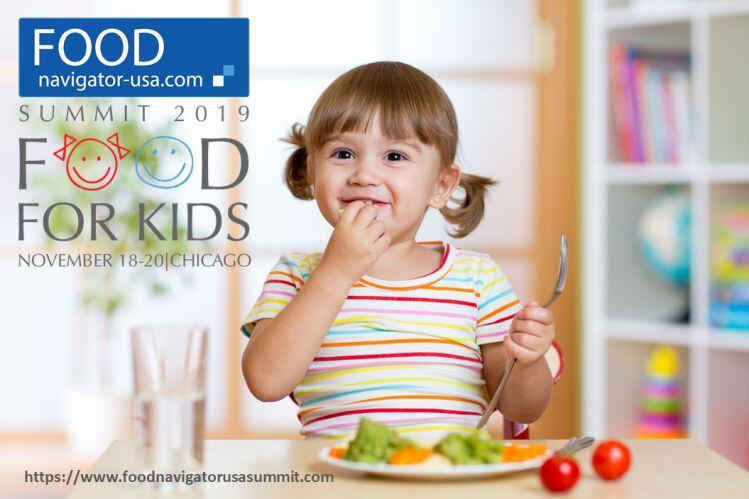About 1.1 million people in the US, or an estimated 0.23% of the US population, have a sesame allergy, according to a recently published study funded by NIAID. Sesame is among the 10 most common childhood food allergies with roughly 20% to 30% of children outgrowing the allergy.
However, sesame is not currently listed as a major food allergen by the FDA and product labeling is inconsistent across the industry. Last October, the FDA put out a request for comments about adding sesame to that list and so far has received 4,821, many of which are in favor of requiring CPG manufacturers to label sesame.
"These factors underscore the need to optimize recognition and diagnosis of this allergy," said NIH researchers.
Determining sesame allergy prevalence
In the study (published in the journal Pediatric Allergy and Immunology) researchers used sesame antibody testing to predict whether a child with food allergy is also allergic to sesame. According to the study, standard allergy tests (the skin-prick test and the allergen-specific antibody test) have been inconsistent in predicting an allergic reaction to sesame. Many studies evaluating the utility of these tests for sesame allergy have included only children suspected to have sesame allergy.
Taking a different approach, scientists evaluated the sesame antibody test in a group of 119 children with food allergies whose sesame-allergic status was unknown.
"It has been a challenge for clinicians and parents to determine if a child is truly allergic to sesame," said study author, Anthony S. Fauci, M.D., director of the National Institute of Allergy and Infectious Diseases (NIAID), part of NIH.
In the study, children were offered an oral food challenge -- 'the gold standard' for diagnosing food allergy, according to the researchers -- which involved ingesting gradually increasing amounts of sesame under medical supervision and seeing if an allergic reaction occurred.
Children who recently had had an allergic reaction to sesame or were known to tolerate concentrated sesame, such as tahini, in their diet were not offered an oral food challenge.
"Given how frequently sesame allergy occurs among children who are allergic to other foods, it is important to use caution to the extent possible when exposing these children to sesame," said Dr Fauci.
The scientists found that 15 (13%) of the 119 children were sesame-allergic, 73 (61%) were sesame-tolerant, and sesame-allergic status could not be determined for 31 (26%) children, mainly because they declined the oral food challenge. Among the 88 children whose sesame-allergic status was definitive, 17% had a sesame allergy determined by the amount of an antibody called "sesame-specific immunoglobulin E (sIgE)" found in the blood.
According to a mathematical model developed by researchers, children with more than 29.4 kilo international units of sIgE per liter of serum have a greater than 50% chance of being allergic to sesame. However, researchers noted that this model will needs to be validated by additional studies before it can be used in clinical practice.
How can the kids' food and beverage industry do a better job at addressing the prevalence of food allergies among kids? What do parents look for in 'allergen-friendly' products?
FIND OUT at the FOOD FOR KIDS summit on Nov.18-20 in Chicago (held at the W City Center Hotel). Registration is still open and delegates will gain exclusive access to the 3 days' worth of the latest insights and breaking developments in the kids food category!


